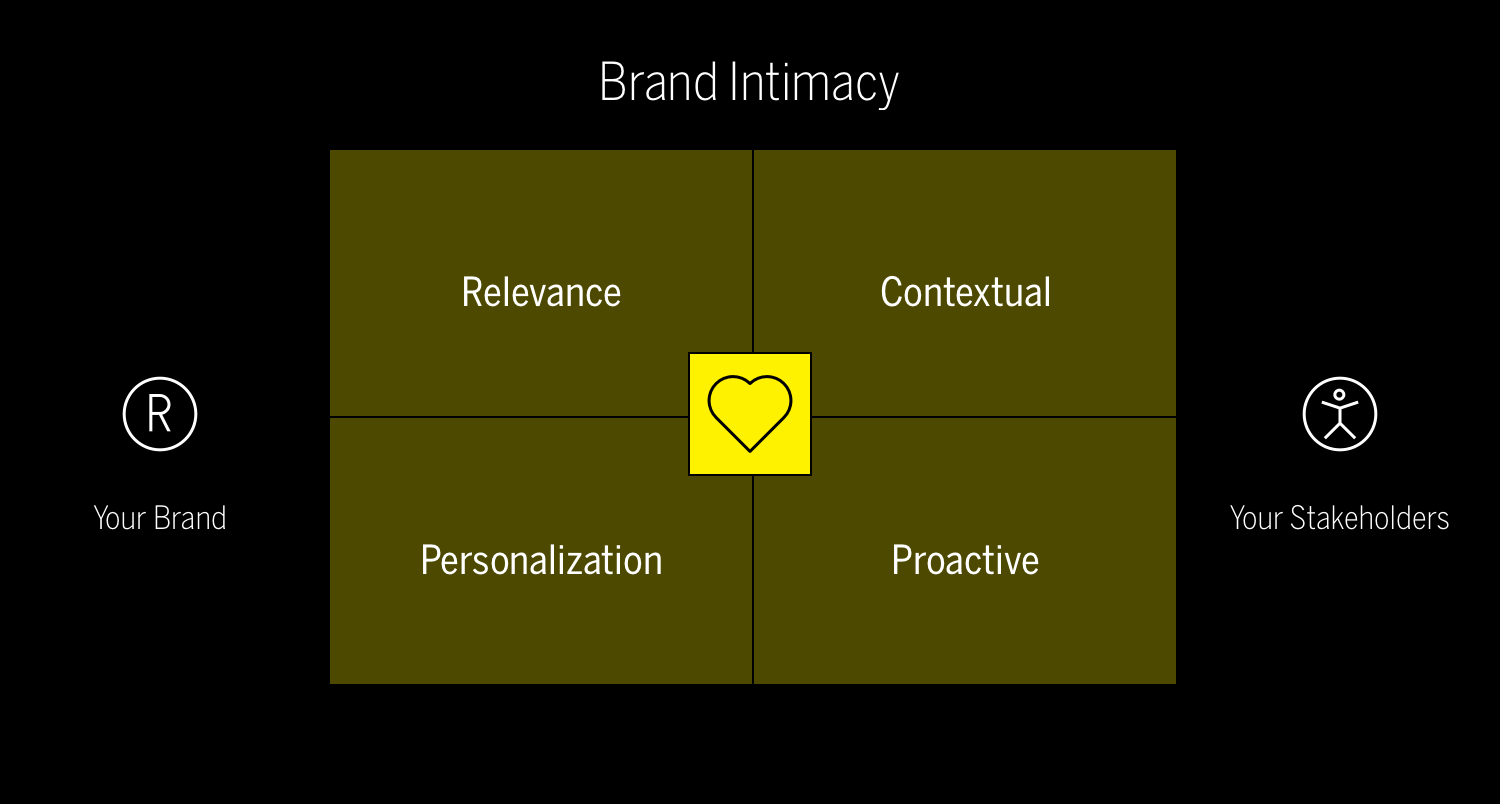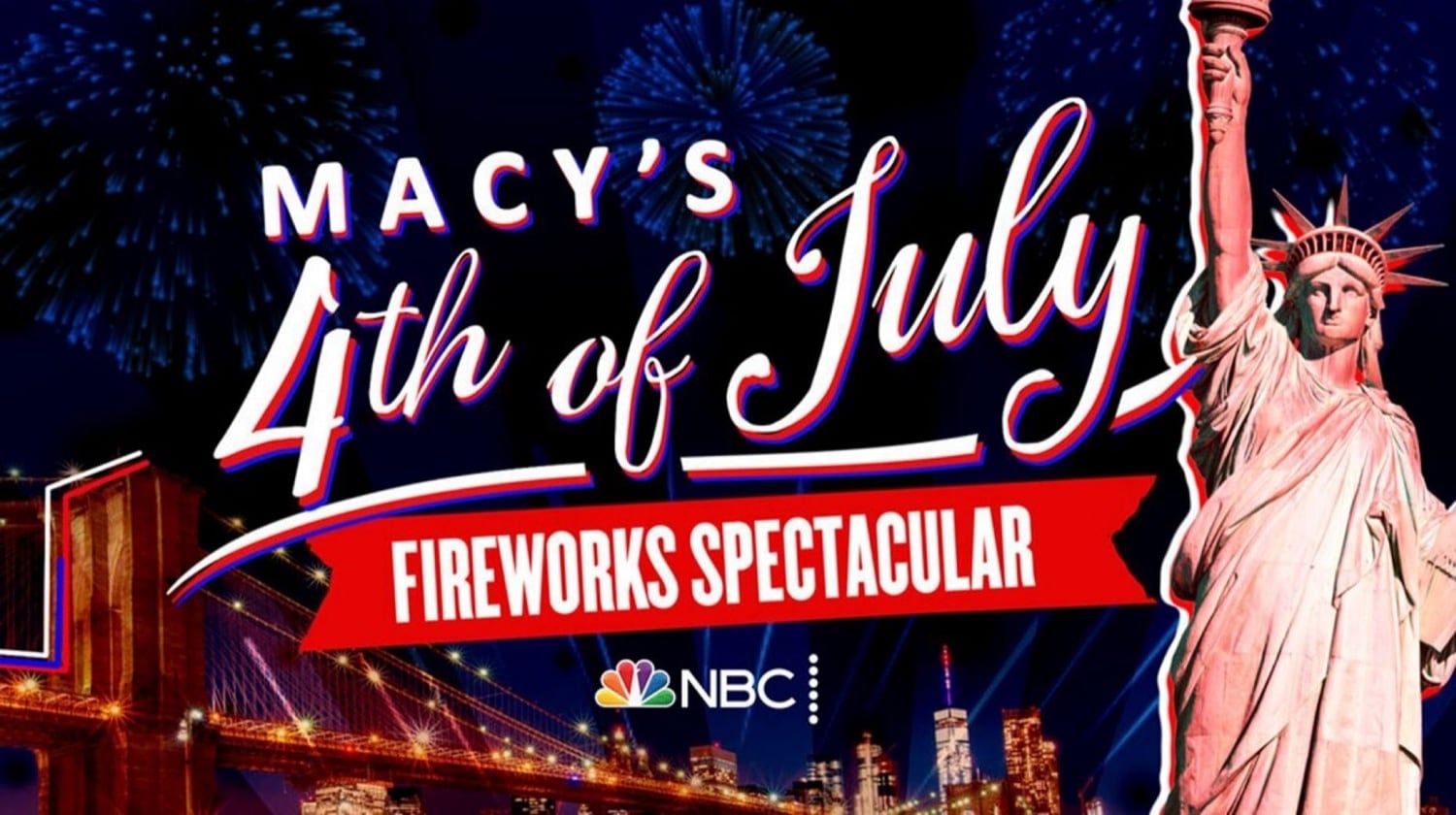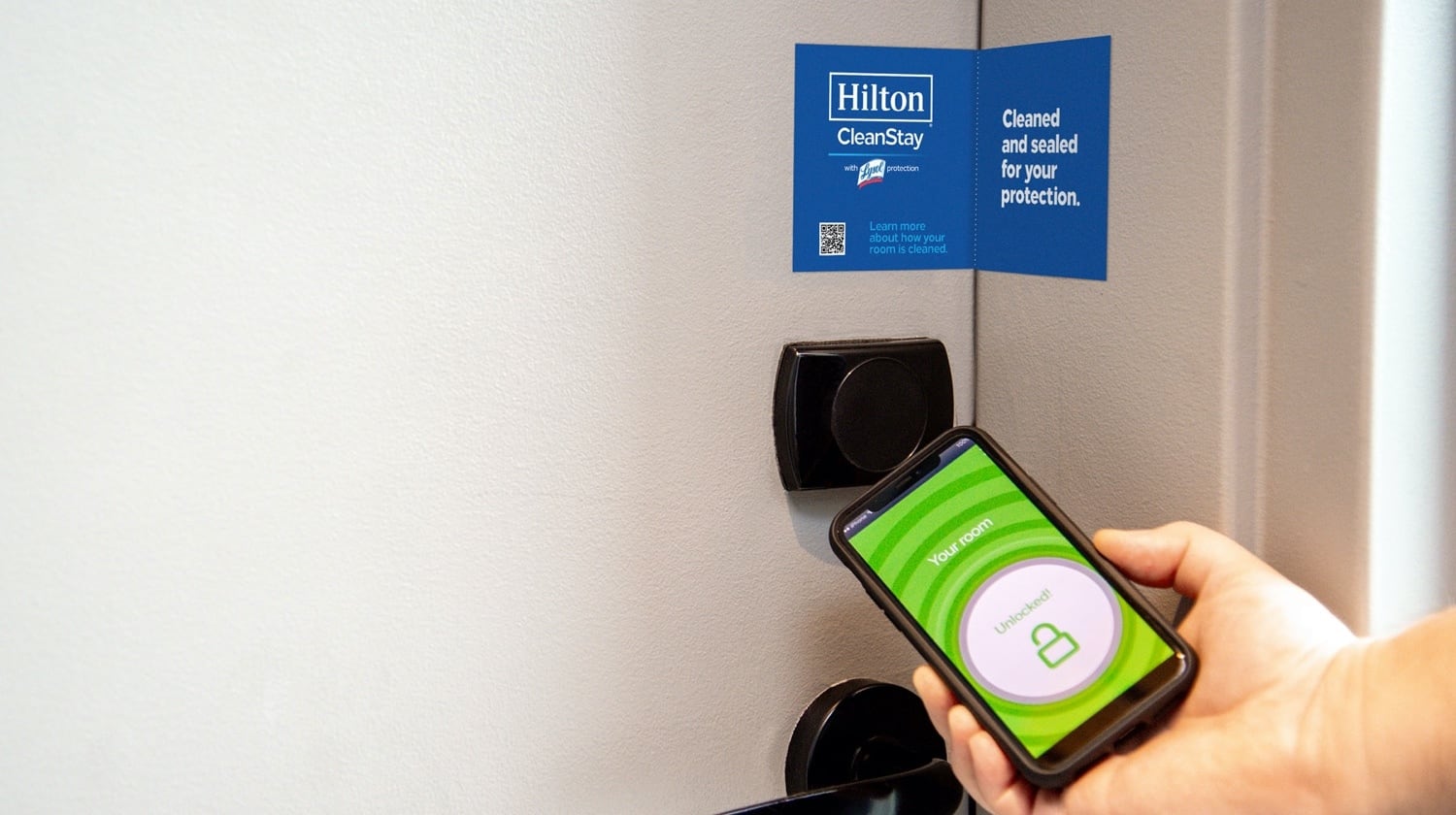As some companies across the nation reopen and resume operations with certain stay-at-home orders and regulations easing, one thing is clear: a “business as usual” mindset is no longer sufficient. The world of marketing has shifted, consumer needs have been impacted because of the pandemic and brands of all sizes need to adjust their strategies. So, as we move toward a new normal, how do we navigate this changed marketplace?
Brands and their brain trust will need to be more nimble and aim for greater empathy and relevance. Consider an even more enhanced form of customer centricity—Brand Intimacy, the emotional science that measures the bonds we form with the brands we use and love, is increasingly important as companies look for new ways to connect with consumers. This concept has grown in its importance during these uncertain times because of the financial gain it can provide companies. Our Brand Intimacy 2020 Study, which is the largest study of brands based on emotions, found that the top intimate brands in the United States have significantly outperformed brands in the Fortune 500 and S&P indices for the past 10 years.
This success stems from the bonds brands form through their ability to nurture a strong connection, anticipate needs and become an integral part of our daily lives. These insights can help marketers as they develop their reopening strategies by employing a Brand Intimacy framework to build meaningful connections with customers and other stakeholders.
Here are four ways to incorporate Brand Intimacy to enhance emotional connections between your brand and consumers in these challenging times:

- Relevance. In times of uncertainty, people turn to trusted brands for comfort and affirmation. During turbulent and raucous moments, aligning to the brand’s values and expressing them with fluency and timeliness are key. Instead of retracting or pausing communications, find ways to be present and add value to the lives of your consumers.
- Personalization. Customer needs are dramatically changing. Understand what your customers want, and tailor your products or services. From launching unique offerings focused on safety and wellness to bundling services to provide greater value, there are numerous ways to achieve greater personalization.
- Contextual. The ways consumers interact with brands evolve and as the marketplace becomes more unpredictable and unsettled, consumers desire curated content that is channel and need specific.
- Proactive. Beyond responding to consumers’ future needs, brands need to provide products and solutions that anticipate future needs.
At MBLM, we’ve observed a few inspiring initiatives and solutions that brands have provided throughout the pandemic as America returns to work. The following brands are top performers in our Brand Intimacy 2020 Study, and these actions will have further positive impact on their performance.

Photo: The Walt Disney Company
Disney seizes the moment
Following the closure of its parks and production studios, Disney has supported the community by donating surplus supplies, launching safety campaigns, sharing PSAs and providing at-home entertainment. Understanding that many families would forego their traditional holiday plans, the Mouse House chose the July 4th weekend to launch Hamilton and saw a 74% increase in downloads over the three-day period.

Photo: NBCUniversal
Macy’s gets personal with NYC
Despite financial challenges and the continued need for social distancing, Macy’s was determined to celebrate Independence Day with a reimagined version of its annual fireworks spectacular. The retail giant announced that for five days leading up to July 4, there would be a mini show in each borough at undisclosed locations and times to deter crowds from congregating while still providing entertainment.

Photo: Hilton
Hilton connects in new context
From sharing its famous DoubleTree chocolate chip cookie recipe to making its bedding and pillows available on Wayfair, Hilton has helped satisfy our wanderlust from home. Now as travel begins to slowly resume, safety will remain a priority as consumers revisit their favorite hotel brands. To provide an increased sense of comfort and safety, Hilton implemented new cleaning protocols in partnership with Lysol and the Mayo Clinic. The innovative “CleanStay Room Seal” will be posted on doors to indicate the room hasn’t been touched since its last cleaning. This contactless messaging is an example of an innovative way to connect with consumers as we return to normal.

Photo: Nike
Nike remains loyal to its diversity and inclusion values
While people were spending more time at home, Nike offered free workouts on its Nike Training Club Premium app, launched fitness challenges for kids and released three new Jordan sneakers coinciding with the highly anticipated Michael Jordan docuseries, The Last Dance. The athletic brand has built an emotional connection with consumers by sharing messages of hope and encouragement throughout the COVID-19 pandemic.
The most successful companies have clearly identified customer-centric values and have focused on finding proactive solutions to the new challenges people are facing. When people feel that a brand cares about them beyond their spending capacity, they establish brand loyalty that drives their purchases. When developing a reopening strategy, focus on building greater Brand Intimacy.
